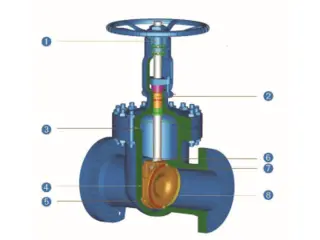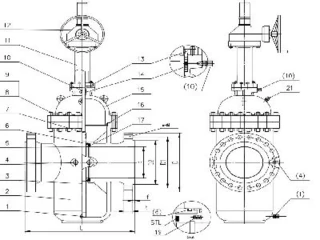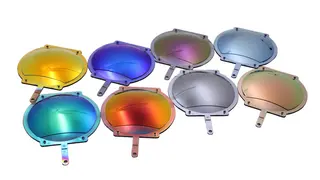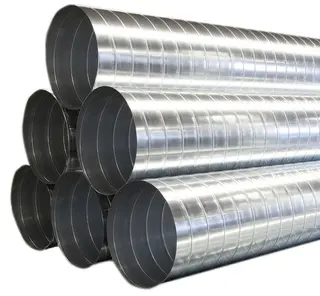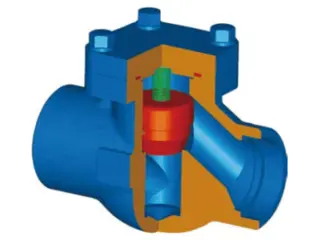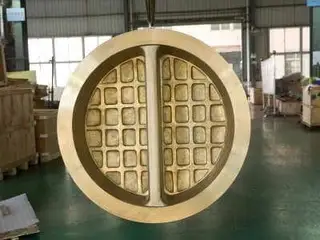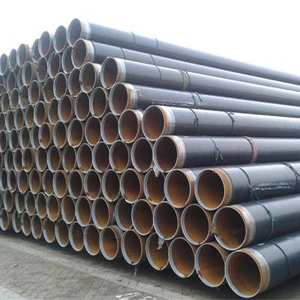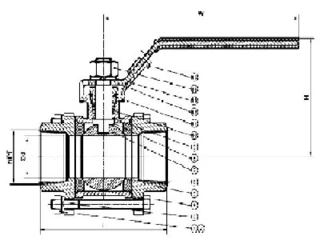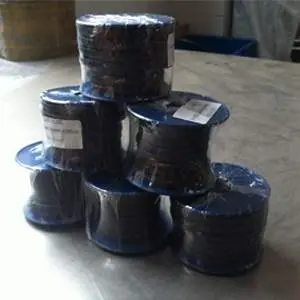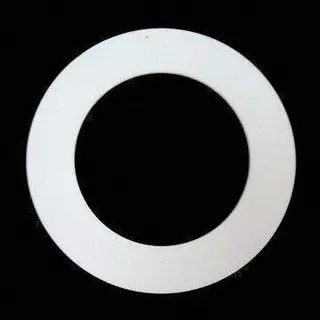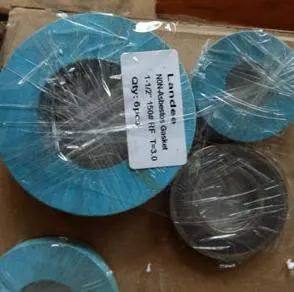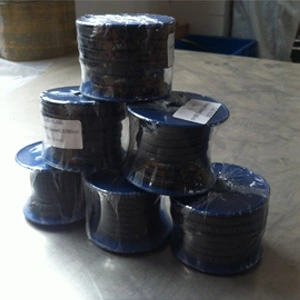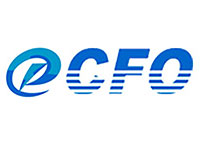Splice Loss of Fiber Optic Connectors
Fiber splicing is a process of jointing two optical fibers together by a full-automatic dedicated device -- fusion splicer. During the process, two optical fiber end faces are jointed and aligned together by transient electric arc. The connection is widely applied because of small-size fiber optic connector, high mechanical strength and stable performance after connection. The certain loss incurred when light passes though jointed connectors is called splice loss. Factors like slicing quality and long-distance repeaterless transmission affect transmission of optical fibers. Hence, slicing loss at jointed area should be reduced as small as possible to ensure transmission quality of fiber-optic CATV signals.
Currently, most splicing methods can control slicing loss value within 0.1dB, even less than 0.05dB. For specific fiber-optic CATV projects, allowable slicing loss values can be determined by lenghth of repeater section, transmit power of optical equipment, receiving sensitivity and so on. Such values should be clearly specified as slicing loss index in relevant technical documents. Transmission loss value at each repeater section of fiber-optic CATV transmission lines should be also specified, because transmission quality is measured by transmission loss of optical fiber transmission lines after all fiber splicing work and is required to be below 0.25dB/km (including slicing loss).
Currently, most splicing methods can control slicing loss value within 0.1dB, even less than 0.05dB. For specific fiber-optic CATV projects, allowable slicing loss values can be determined by lenghth of repeater section, transmit power of optical equipment, receiving sensitivity and so on. Such values should be clearly specified as slicing loss index in relevant technical documents. Transmission loss value at each repeater section of fiber-optic CATV transmission lines should be also specified, because transmission quality is measured by transmission loss of optical fiber transmission lines after all fiber splicing work and is required to be below 0.25dB/km (including slicing loss).

Send your message to this supplier
Related Articles from the Supplier
Splice Loss of Fiber Optic Connectors
- May 25, 2015
Factors for Connection Errors of Fiber Connectors
- Mar 21, 2016
How to Reduce the Loss of Fiber Optic Cables
- Nov 24, 2015
Advantages of Fiber Optic Mechanical Splice
- Nov 04, 2015
Advantages of MTP/ MPO Connectors
- Dec 22, 2015
Advantages of Fiber Optic Transmission
- Jul 15, 2015
Introduction of Fiber Optic Patch Cord
- Sep 23, 2015
Advantages of Fiber Optic Communication
- Oct 14, 2015
Related Articles from China Manufacturers
Trim Numbers of Valves
- Feb 28, 2023
Exploring the Versatility of Slab Gate Valves
- Dec 12, 2023
Spiral pipe yield and loss rate
- Aug 29, 2023
What Is the Cracking Pressure of Check Valves?
- May 19, 2023
Related Products Mentioned in the Article
Nokoxin Technology Co., Ltd.
- Address: 3F, Building No.2, Jiayiyuan Technical Park, Huaning Road, Dalang, Longhua District, Shenzhen, China.
- Phone: +86 0755-61562392
- Business Type: Manufacturer, Trading,
Supplier Website
Source: http://www.carefiber.com/splice-loss-of-fiber-optic-connectors.html









